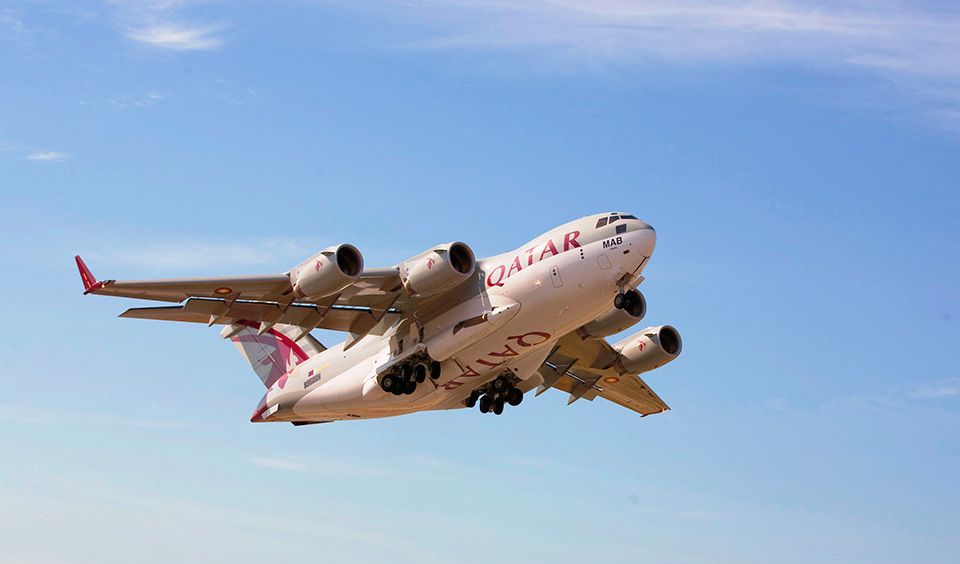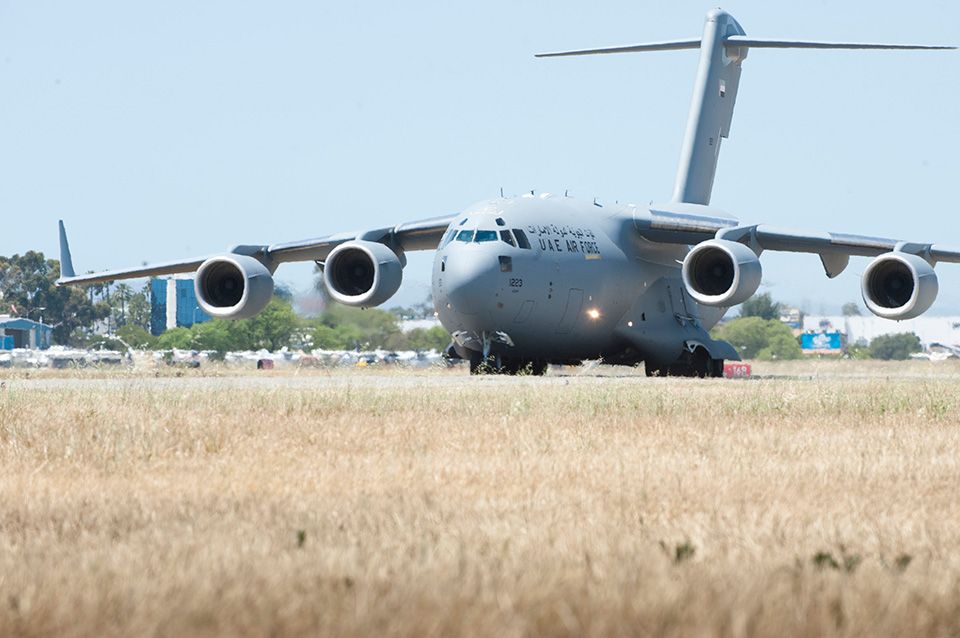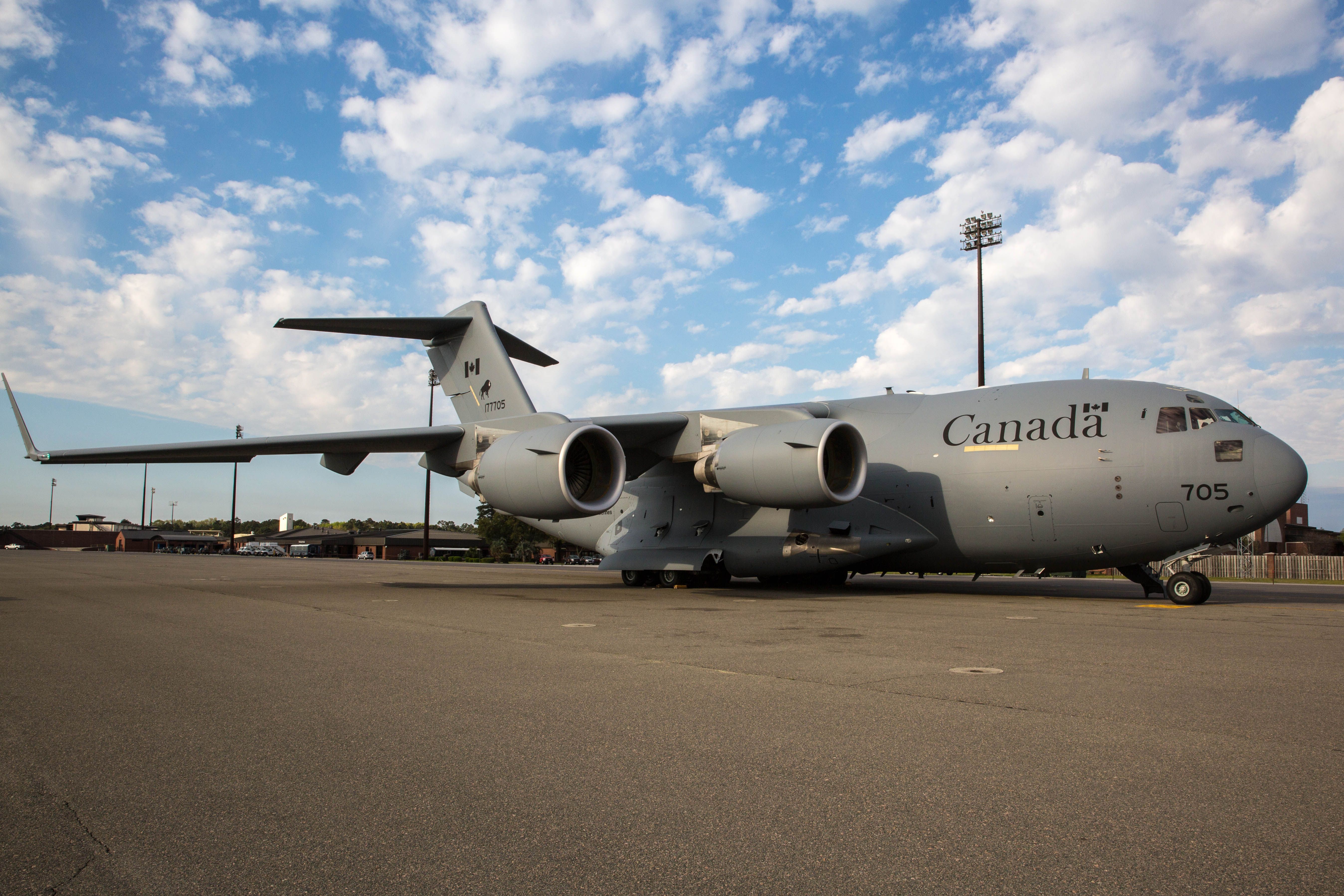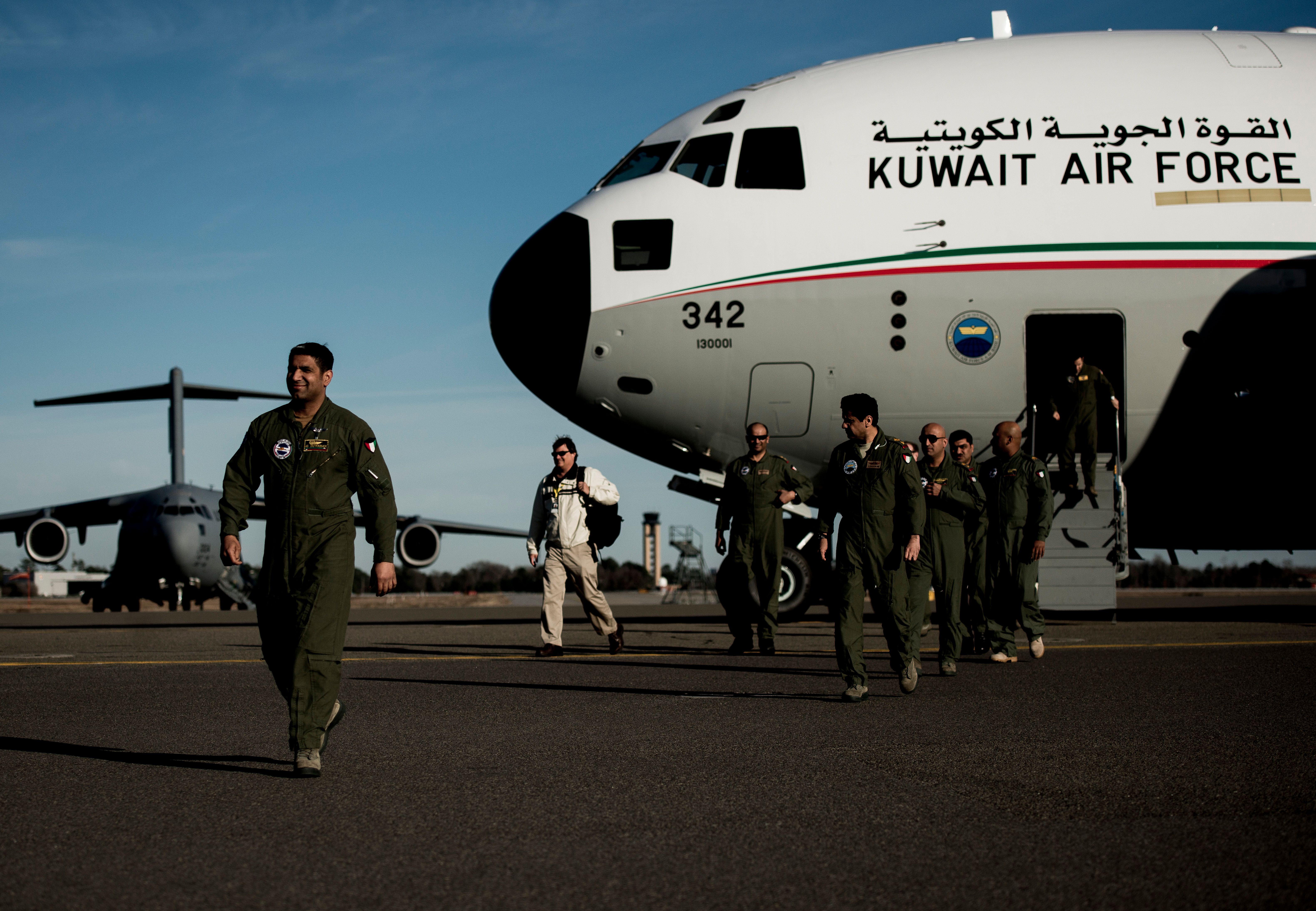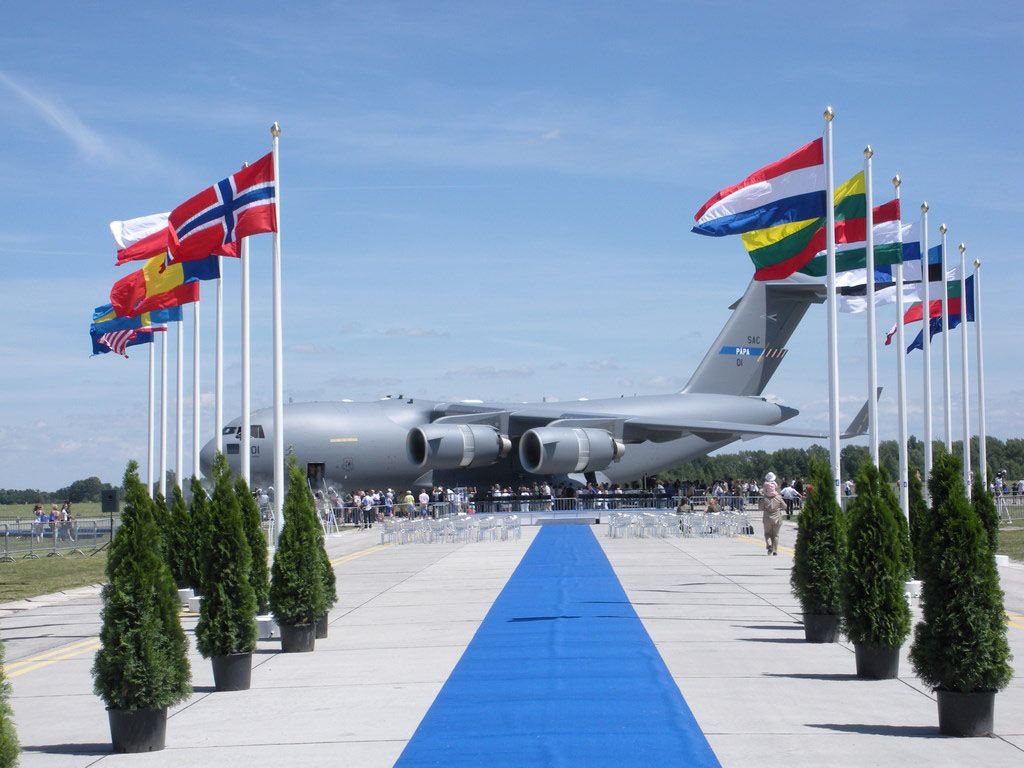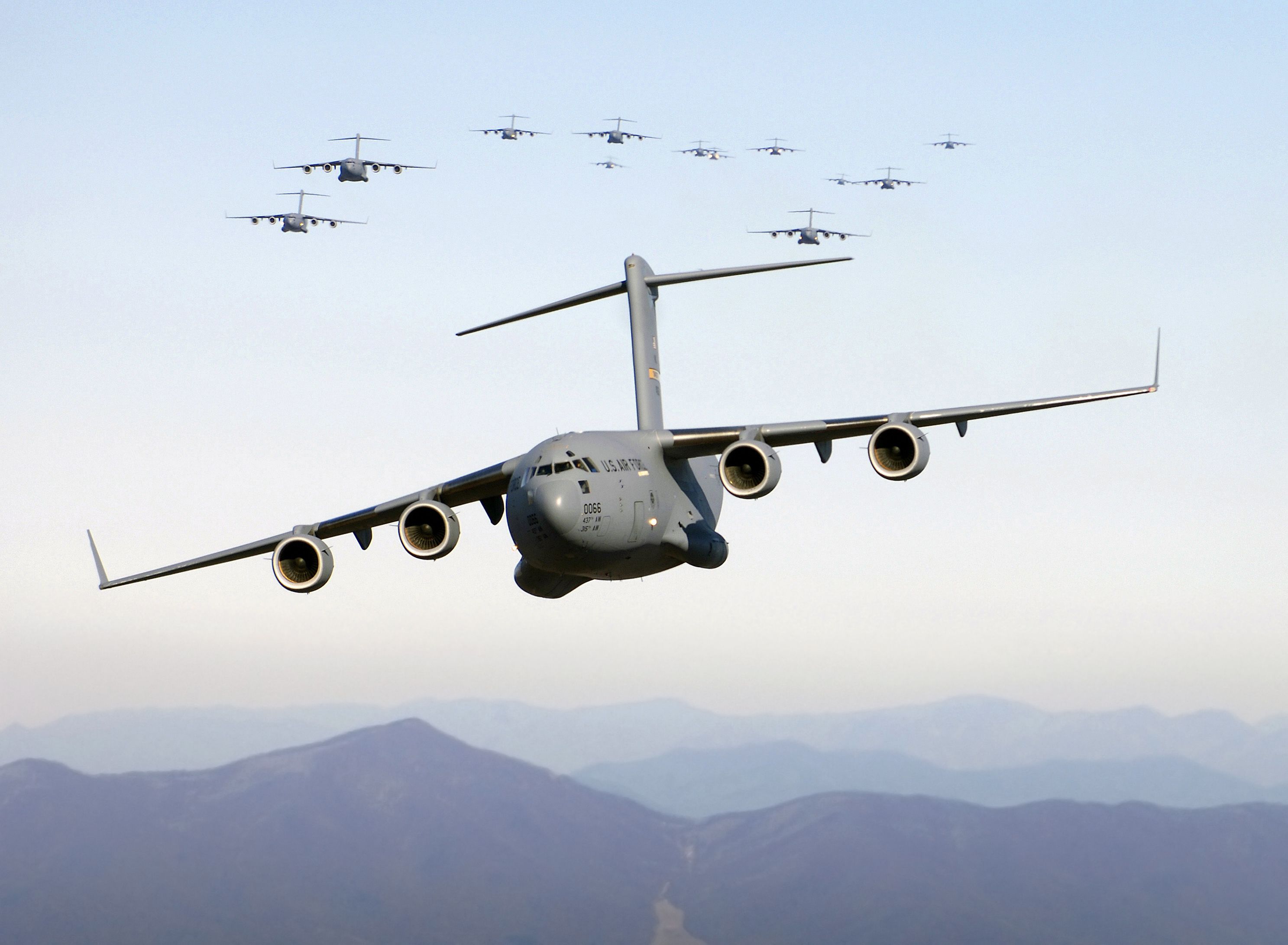The C-17 Globemaster is one of the most versatile military aircraft in the skies. McDonnell Douglas and Boeing produced the transport aircraft in Long Beach, California. The C-17 holds 33 world records, more than any other airlifter in history, and has accumulated millions of flight hours worldwide. A total of 279 examples were built between 1991 and 2015, with the vast majority going to the US Air Force. However, there are quite a few other operators of the type worldwide.
Indian Air Force
The C-17’s versatile operating conditions make it a key asset for the Indian Air Force, which uses it nationwide and up into its Himalayan air bases in North India. The country is now the second-largest operator of the type, with eleven units of the transport aircraft in its arsenal. They have been used frequently for medical support and evacuation domestically and across the region.
India’s C-17s are assigned to its 81st Squadron. The “Sky Lords” squadron is numbered 81 in honor of its creation during the 81st year of the Indian Air Force.
United Kingdom’s Royal Air Force
The C-17 remains a vital part of the RAF’s mission, conducting missions from repatriating nationals to transporting the coffin of the late Queen Elizabeth II to London for the funeral. The type landed on UK shores in 2001 as part of a four-aircraft lease arrangement with Boeing that ensured the RAF aircraft were kept up to date in case they ended up in the USAF fleet at the end of the lease. This was not to be, as the UK purchased the four aircraft before buying four more examples to make the fleet of eight that it flies today.
The United Kingdom’s C-17 flew 150,000 hours and traveled a distance equal to two thousand laps around the globe during their first two decades at the RAF. C-17 aircrew and engineers worldwide are still instructed at the C-17 International Training Centre in Farnborough. Home to a C-17 full-flight training simulator, the center will continue to train the pilots, loadmasters, and engineers who operate and maintain the C-17 for at least another decade.
Qatar Emiri Air Force
Qatar was the first Middle East customer to order C-17s. The country’s Air Force received its first two C-17s in 2009 and two additional C-17s in 2012. The aircraft has proved critical for the Air Force in supporting the people of Qatar and their allies with transport, airdrop, and humanitarian missions.
Photo: Boeing
In 2015, the Government of Qatar and Boeing signed an agreement to double the nation’s fleet to the eight C-17s it flies today. The final aircraft to roll off the company’s plant at Long Beach, California, when the type ceased production on November 29th, 2015, went to the Qatar Emiri Air Force the following year.
United Arab Emirates Air Force
The United Arab Emirates is another major operator of the versatile type, taking command of its first C-17 on May 10th, 2011. The UAE Air Force and Air Defence C-17 fleet has amassed more than 2,000 flight hours, carried more than 3,000 passengers, and nearly 4 million pounds of cargo in its first year of operations alone. A total of eight were eventually delivered over the next few years.
Photo: Boeing
In 2022, The Government of the United Arab Emirates signed an ongoing fleet sustainment deal with Boeing, which includes software support, aircraft and engine support equipment, components, consumables, spare parts, and relevant technical documentation. According to public information from the US Department of State, the deal was worth an estimated $980.4 million.
Royal Australian Air Force
Australia is also home to eight examples of the aircraft. The nation introduced an initial fleet of four C-17As between 2006 and 2008. Four additional aircraft were acquired in 2011, 2012, and 2015, joining the existing fleet in No. 36 Squadron at RAAF Base Amberley.
The C-17A Globemaster III provides logistics support for Australian Defence Force operations worldwide, allowing Australia to rapidly deploy troops, supplies, equipment, machinery, and helicopters effectively. The giant can hold three helicopters in its cargo bay for long-distance transport.
Royal Canadian Air Force
The group operates five “CC-177 Globemaster III” transport aircraft, slightly adapting the name when accepting the type. Canada and the United States worked closely in training Royal Canadian Air Force members on aircraft maintenance, vital for continued interoperability between the two countries’ Air Forces.
Photo: US Air Force / Shane Elli
The 429 Transport Squadron of the Royal Canadian Air Force in Trenton, Ontario, started flying the CC-177 in July 2007. The Squadron’s primary mission remains to provide a responsive domestic global airlift to support the Canadian armed forces through humanitarian and support missions around the globe.
Kuwait Air Force
Kuwait is the recipient of two C-17 Globemasters. The planes were acquired to advance and expand the Kuwait Air Force’s military and civilian operations capabilities, including humanitarian aid and disaster relief. The first aircraft took to the skies on January 31st, 2014, sporting a custom paint job.
Photo: US Air Force / Dennis Sloan
Before taking the aircraft’s delivery, the Kuwait Air Force sent some of its members to the US for additional training. They were embedded with the 17th Airlift Squadron to receive instruction from the US Air Force on the C-17. The training familiarized the Kuwaiti flight crew with the operations and maintenance of the aircraft. It included the visiting aircrew experiencing the flight type’s simulator during their stay at Joint Base Lewis McChord in Washington State. A second C-17 was then acquired, along with training and logistical support, for an estimated cost of $371 million.
NATO’s Strategic Airlift Capability
The North Atlantic Treaty Organization (NATO) has a C-17 program of its own to ensure that its members can deploy their forces and equipment wherever needed. The Strategic Airlift Capability (SAC) allows NATO Allies and partner nations to jointly own the fleet, which would be prohibitively expensive to purchase individually. The first C-17 was delivered in July 2009, with the second and third aircraft following in September and October 2009.
Photo: NATO
The three planes are operated by military personnel from all participating countries through the Heavy Airlift Wing (HAW) at the Hungarian Defence Forces 47th Air Base in Pápa. Recent missions have included flying essential personal protective equipment during the peak of COVID-19 and delivering 340 tons of urgent equipment and personnel across nine missions following devastating earthquakes that struck Türkiye in February 2023.
United States Air Force
By far the largest operator of the type worldwide, the USAF was the launch customer of the C-17 with an order for an initial order of 60 planes. This number grew as the type proved effective and eventually expanded to 223 examples. The transport aircraft continue to fulfill a diverse number of roles and are stationed at bases across the nation.
According to Boeing, the lifespan of a C-17 is 30 years, so it is doubtless that there will be C-17s in the skies for several years to come.

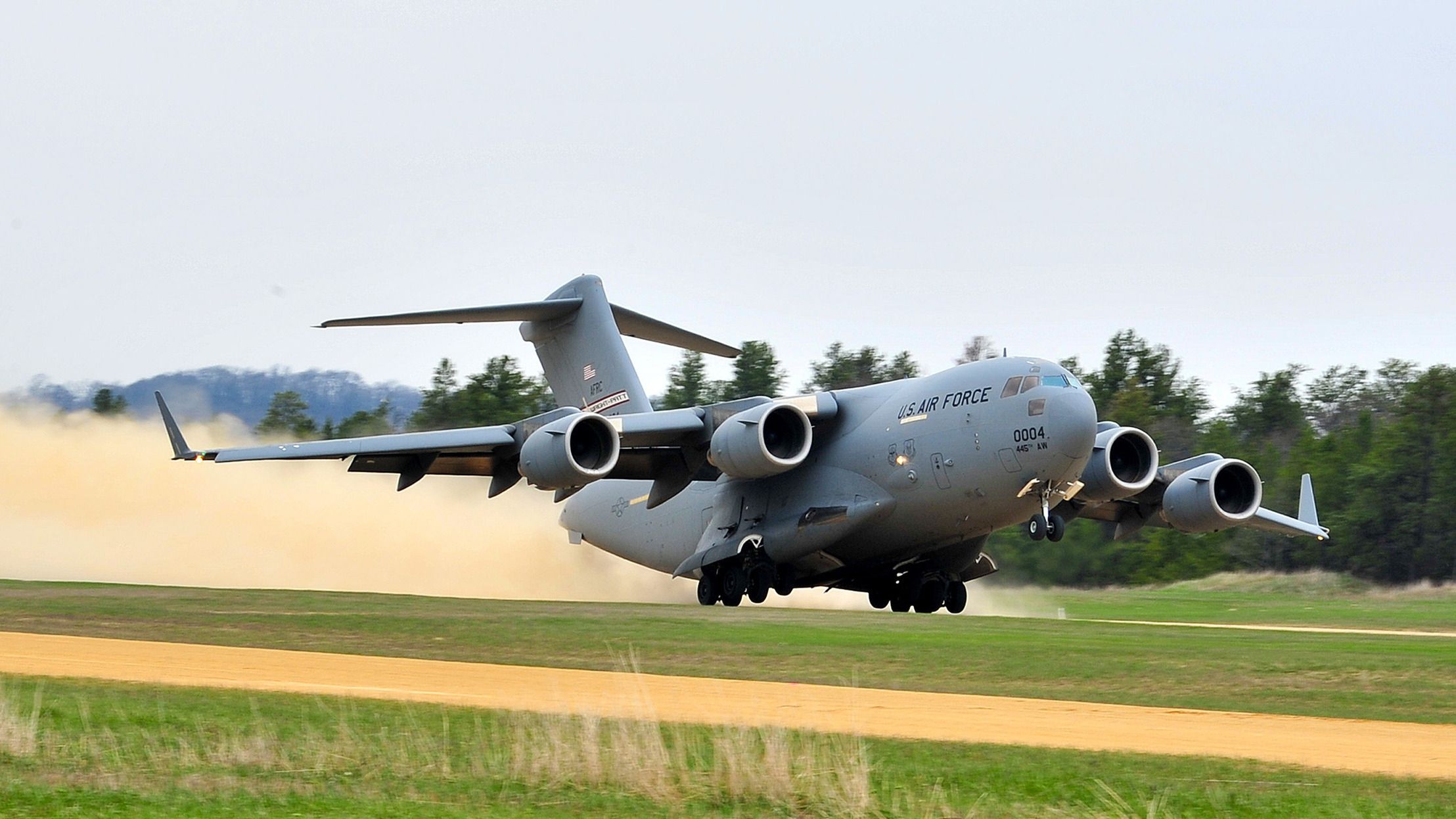
.jpg)
